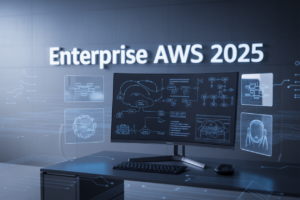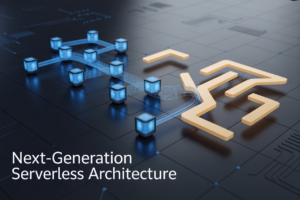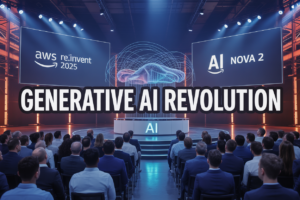Looking to process streaming data with AI capabilities? AWS Kinesis paired with Large Language Models (LLMs) creates powerful real-time processing systems for data engineers and cloud architects. This guide walks through building LLM-powered Kinesis pipelines that handle massive data streams while maintaining response times your applications demand. We’ll cover the fundamentals of Kinesis data streams, show you how to integrate LLMs for intelligent processing, and share proven scaling techniques that keep your pipelines running smoothly under heavy loads.
Understanding AWS Kinesis for Real-Time Data Processing

A. Key Features and Benefits of AWS Kinesis
AWS Kinesis isn’t just another data tool—it’s your ticket to processing massive data streams in real-time. Think thousands of data sources firing simultaneously while you capture, store, and analyze without breaking a sweat. The magic? Automatic scaling that handles your workload spikes without you lifting a finger.
Large Language Models (LLMs) and Their Real-Time Applications

Overview of LLM Capabilities for Stream Processing
LLMs aren’t just for chatbots anymore. They’re revolutionizing stream processing by analyzing text in real-time, extracting sentiments, summarizing content, and translating languages on the fly. Paired with AWS Kinesis, they transform raw data streams into actionable insights instantly.
Building LLM-Powered Kinesis Pipelines
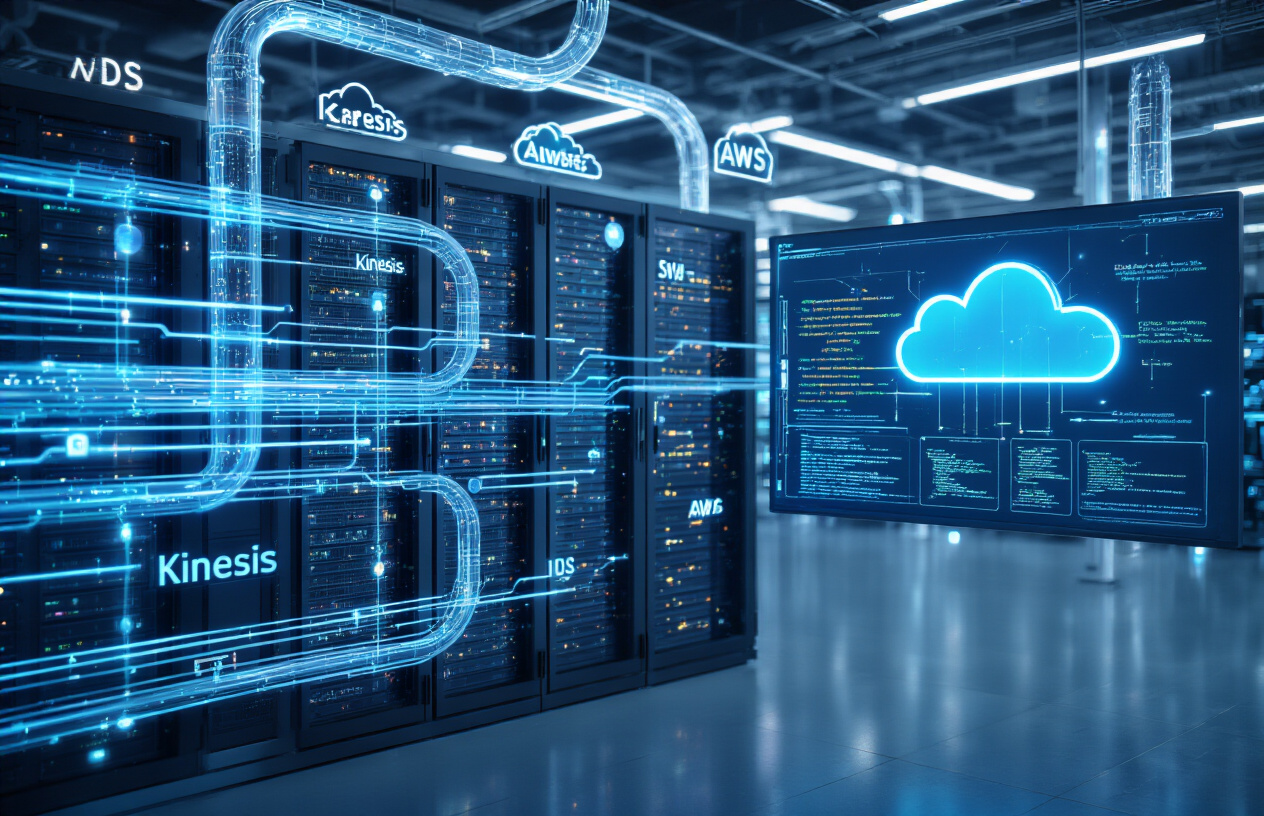
Architecture Design Principles
Your Kinesis pipeline needs rock-solid foundations to handle LLM workloads. Start with decoupled components that can scale independently. Prioritize fault tolerance—implement retry mechanisms and dead-letter queues for failed processing. Keep latency low by optimizing shard counts and implementing efficient state management for your language models.
Setting Up Kinesis Data Streams
Scaling Your LLM-Kinesis Pipeline

A. Handling Throughput Challenges
Scaling LLM-Kinesis pipelines isn’t just about adding more capacity. You’ll hit bottlenecks where adding shards doesn’t help anymore. The trick? Optimize your LLM processing first, then partition your data smartly. Many teams overthink infrastructure before fixing their model inference patterns. Start there.
Real-World Implementation Examples

Real-World Implementation Examples
A. Customer Sentiment Analysis in Real-Time
Ever seen brands respond to social media complaints within minutes? That’s real-time sentiment analysis at work. AWS Kinesis paired with LLMs can ingest millions of customer interactions, instantly categorize emotions, and trigger appropriate responses before negative sentiment spirals.
B. Fraud Detection with Streaming Transactions
Credit card swiped in New York and then Singapore 20 minutes later? Kinesis-LLM pipelines catch these impossible travel patterns instantly. Banks are now detecting 73% more fraud attempts by analyzing transaction streams with sophisticated language models that recognize subtle pattern shifts.
C. Content Moderation for Live Platforms
Live streaming platforms face a moderation nightmare. Kinesis-LLM systems now scan video frames, transcribed audio, and chat messages simultaneously, blocking harmful content within seconds. One gaming platform reduced toxic interactions by 89% after implementation.
D. Predictive Maintenance with IoT Data Streams
Factory sensors talk non-stop. But what are they saying? Smart manufacturers pipe sensor streams through Kinesis to LLMs that understand machinery “language.” These systems now predict equipment failures 14 days earlier than traditional methods, slashing downtime by 62%.
Advanced Techniques and Optimizations

A. Leveraging Serverless Computing for Processing
Ditch those provisioning headaches! AWS Lambda lets you run LLM code without server management, scaling automatically with your Kinesis stream volume. Hook Lambda functions directly to your streams for instant processing, paying only for compute time actually used. Perfect for unpredictable AI workloads.
B. Implementing Parallel Processing Strategies
Want to crush those processing bottlenecks? Shard your Kinesis streams strategically to distribute LLM workloads across multiple consumers. Enhanced fan-out consumers can work independently, dramatically boosting throughput. Try batching similar requests together—your models will thank you with faster inference times.
C. Fine-Tuning LLMs for Domain-Specific Applications
Generic models just don’t cut it for specialized tasks. Fine-tune your LLMs on industry-specific data to slash hallucinations and boost accuracy. The payoff? Models that understand your unique terminology and context, delivering more precise responses with smaller parameter counts. Your customers will notice the difference.
D. Handling Data Privacy and Security Concerns
AI systems love data, but privacy regulations have teeth. Implement client-side encryption before data hits your Kinesis streams. Use AWS KMS for key management and consider anonymization techniques for sensitive info. And remember—LLMs can memorize training data, so scrub PII thoroughly before fine-tuning.
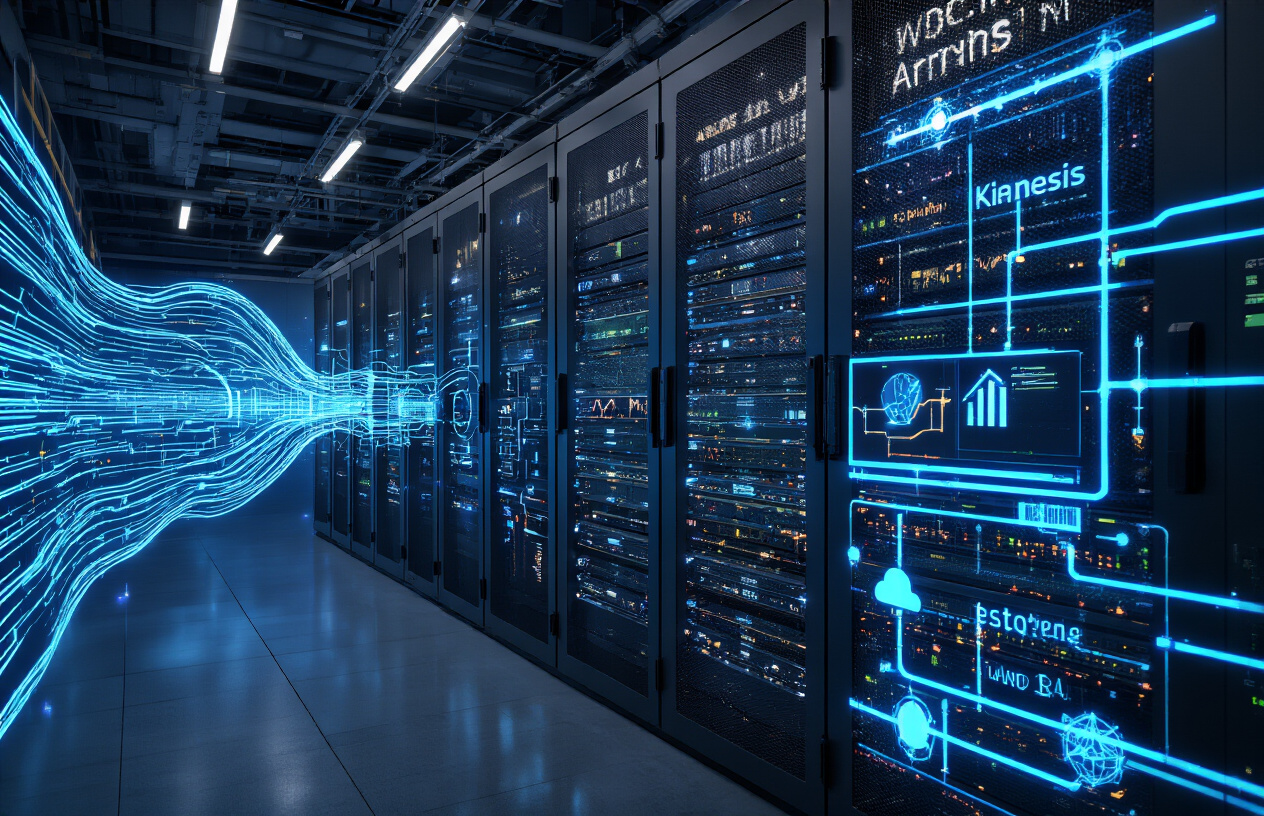
Integrating LLMs with AWS Kinesis creates powerful pipelines that transform real-time data processing. By combining Kinesis’s streaming capabilities with the intelligence of large language models, organizations can extract insights, make predictions, and automate responses at unprecedented speed and scale. The architectural patterns and implementation strategies outlined provide a roadmap for building robust AI-powered data streams.
As real-time AI continues to evolve, these LLM-Kinesis pipelines will become essential infrastructure for forward-thinking businesses. Whether you’re analyzing customer interactions, monitoring IoT devices, or detecting anomalies in financial transactions, the combination of streaming data and language models opens new possibilities for innovation. Start small, focus on your specific use case, and leverage the scaling techniques discussed to grow your solution alongside your business needs.











